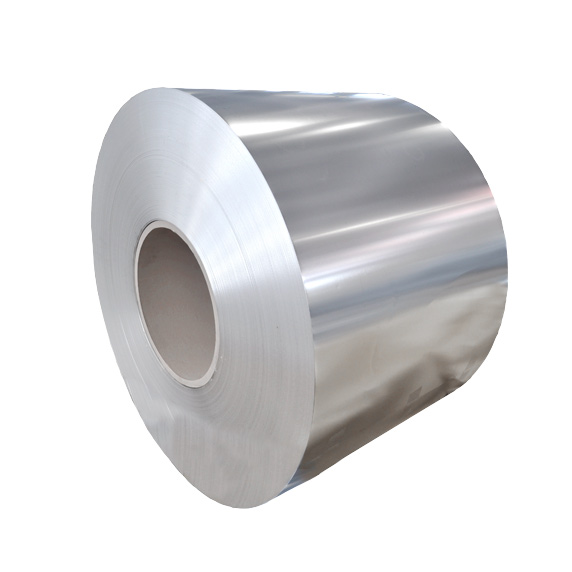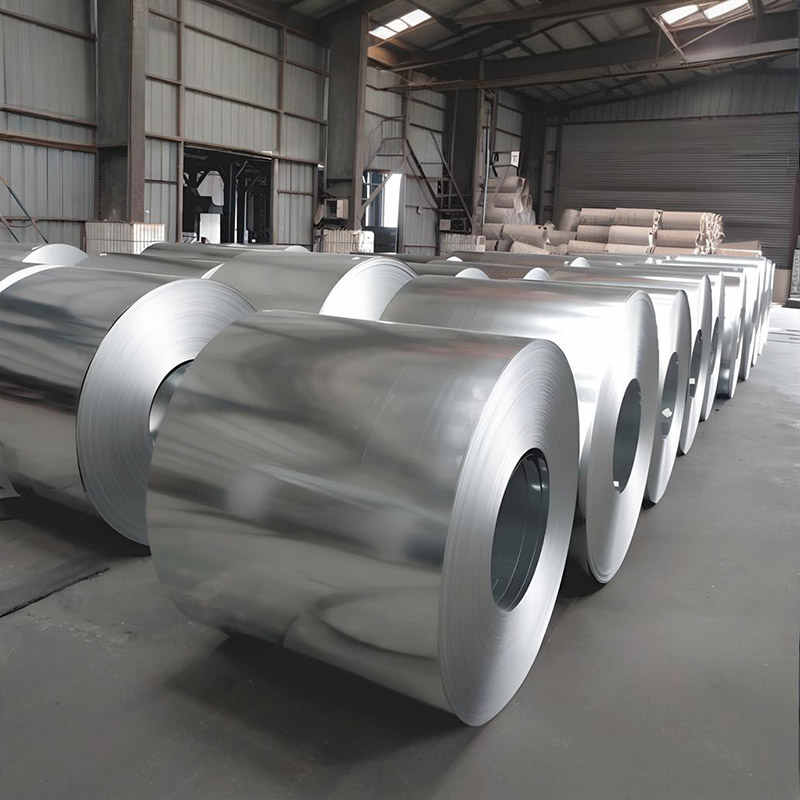What exactly is black plate and why has it become an indispensable material in modern industry? Black plate, also known as uncoated cold-rolled steel, serves as the foundation for numerous products across various sectors. This comprehensive guide explores the essential aspects of black plate, from its unique properties to its diverse applications and manufacturing techniques.
Black plate stands out due to its distinctive characteristics that make it highly sought after in industrial applications. Its smooth surface finish, excellent formability, and uniform thickness provide manufacturers with a reliable starting material. Unlike coated steels, black plate offers superior weldability and paintability, making it ideal for further processing. The material’s mechanical properties, including tensile strength and ductility, can be precisely controlled during manufacturing to meet specific application requirements.
The manufacturing process of black plate involves several critical stages. Initially, hot-rolled steel coils are cleaned and then cold-rolled to achieve the desired thickness and surface quality. The cold rolling process not only reduces thickness but also improves the material’s mechanical properties. After cold rolling, the steel undergoes annealing to relieve internal stresses and enhance formability. Finally, the steel is temper rolled to achieve the desired surface finish and then cut into sheets or coils for distribution. This meticulous process ensures consistent quality across batches, making black plate a dependable material for manufacturers.
The versatility of black plate is evident in its wide range of applications. In the automotive industry, it’s used for body panels and structural components due to its excellent formability and strength. The appliance sector utilizes black plate for washing machine drums, refrigerator panels, and other components requiring precise forming. Construction companies value black plate for ventilation systems, ductwork, and roofing applications. Additionally, the furniture industry employs black plate for chair bases, table legs, and various decorative elements.
When selecting materials for manufacturing projects, black plate offers several advantages over alternatives like aluminum or coated steels. Its cost-effectiveness makes it an economical choice for high-volume production. The material’s recyclability aligns with sustainable manufacturing practices, reducing environmental impact. Furthermore, black plate’s compatibility with various finishing processes—including painting, plating, and coating—provides manufacturers with endless design possibilities. For those seeking a balance between performance, cost, and versatility, black plate remains an optimal choice.
As industries continue to evolve, black plate maintains its relevance through continuous improvement in manufacturing techniques and the development of specialized grades. Whether you’re in automotive, appliance, construction, or furniture manufacturing, understanding the properties and applications of black plate can help you make informed material decisions that enhance product quality and manufacturing efficiency.



